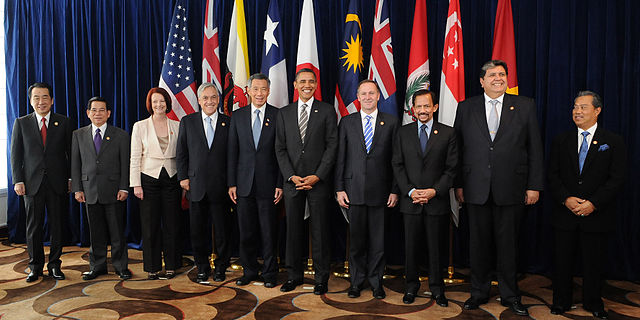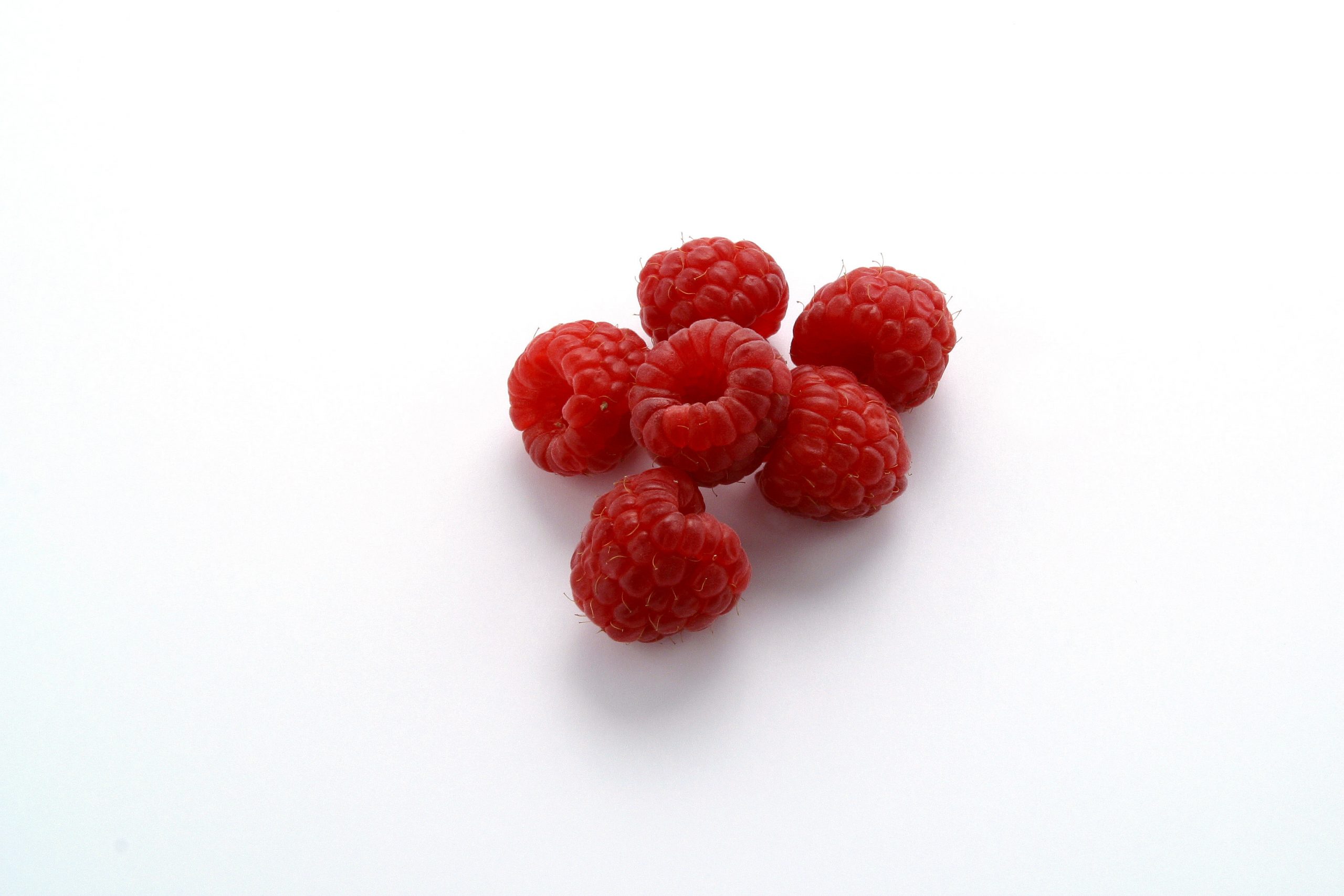
How the Trans-Pacific Partnership (TPP) will affect trade in various fruits and vegetables is covered in a recently updated report by the USDA Foreign Agriculture Service.
The agreement, concluded on October 5 this year, is between the United States and Australia, Brunei, Canada, Chile, Japan, Malaysia, Mexico, New Zealand, Peru, Singapore and Vietnam.
The TPP agreement grants new and enhanced market access in Japan, Vietnam, Malaysia, New Zealand and Brunei, countries with which the US does not currently have a free trade agreement (FTA). It also expands market access into Canada, which already has an FTA with the US, the report says.
Tariff reductions are a core element of the TPP, under which countries have committed to “provide substantial market access for the US by either phasing out most tariffs (many immediately), enacting meaningful tariff reductions, or allowing a specific quantity of imports at a lower duty (generally zero) where tariff elimination is not possible.”
“The benefits of the TPP agreement will occur through a combination of tariff elimination, tariff reductions, and new tariff-rate quotas (TRQs),” the report says.
The following are details most relevant to trade in fresh fruit and vegetables:
CHERRIES, APPLES, PEARS
In 2014, the US exported $915 million of fresh apples, cherries, and pears to the TPP region and $1.8 billion to the world.
Japan: the 8.5% tariff for fresh cherry imports will be cut in half upon entry into force of the agreement and eliminated in 6 years. The 17% tariff for fresh apples will fall 25% immediately upon implementation and be eliminated in 11 years and the 4.8% tariff on fresh pear imports will be eliminated immediately upon implementation.
Malaysia: the 5% tariffs on fresh apples, cherries, and pears will be eliminated immediately.
Vietnam: the 10% tariffs on apples, cherries and pears will be eliminated in 3 years.
US: tariffs on fresh apples, cherries, and pears, which are as high as 0.3 cents/kg (approximately 0.2% ad valorem equivalent), will be eliminated immediately.
CITRUS FRUIT & JUICES
In 2014, the US exported $881 million of citrus and citrus juices to the TPP region and $1.5 billion to the world.
Japan: tariffs on imported oranges will be eliminated in 6-8 years. It will expand the season when tariffs are lower from June-November to April-November. During the transition period, there will be a safeguard during the December-March high-tariff season. Japan’s current orange juice tariffs will be eliminated in six-11 years. It will also eliminate its 10% duty on grapefruit over 6 years. Japan’s tariff on lemons is already fixed at zero.
Malaysia: will keep its tariffs on oranges at 0% and immediately eliminate its current 5% tariffs on grapefruit and lemons.
Vietnam: will eliminate in 3 years the current 40% tariff on grapefruit and 20% tariff on lemons. It will also eliminate tariffs on citrus juices, currently as high as 25%, in 5-8 years and eliminate the 20% tariff on oranges in 4 years.
US: will phase out tariffs on oranges, grapefruit, lemons and citrus juices in ten years or less. These tariffs are less than 3 cents/kg for citrus fruits and range up to 7.85 cents/litre for citrus juices.
OTHER FRUITS
In 2014, the US exported $1.6 billion of fruit other than citrus fruits, apples, cherries, and pears to the TPP region and $2.2 billion to the world.
Japan: tariffs, as high as 17%, will be immediately eliminated for many products, including grapes, avocados, strawberries, raspberries, blueberries, cranberries, kiwi, watermelon, and papaya. Tariffs for the vast majority of other products in this category, currently as high as 17%, will be eliminated in 11 years or less.
Malaysia: will immediately eliminate tariffs on the majority of these fruits, which currently face tariffs as high as 30%. Tariffs on tropical fruits, such as bananas and longans, will be eliminated over a 10-year period.
Vietnam: All of Vietnam’s tariffs on these fruits, currently as high as 30%, will be eliminated in 4 years or less. Vietnam’s tariff of 10% on fresh grapes will be eliminated in 3 years.
US: will eliminate tariffs as high as 29.8% in 10 years or less.
POTATOES & POTATO PRODUCTS
In 2014, the US exported $1.0 billion of potatoes and potato products to the TPP region and $1.7 billion to the world.
Japan: tariffs on fresh potatoes, which are currently as high as 4.3%, will be immediately eliminated. Japan’s 8.5% tariff on frozen whole potatoes will be eliminated in six years. Additionally, Japan’s 20% tariff on dehydrated flakes, granules, pellets, flour, meal and powder will be eliminated in six-11 years. In 2014, Japan imported more than $200 million of frozen French fries. Japan will eliminate its current 8.5% duty on frozen French fries in four years and its nine% tariff on “other prepared/preserved frozen potatoes” in six years.
Malaysia: will immediately eliminate tariffs on all potatoes and potato products, currently ranging up to eight%.
Vietnam: will eliminate tariffs on all potatoes and potato products, currently as high as 34%, within six years. It will eliminate the tariff on frozen French fries in four years.
US: will eliminate tariffs on all potatoes and potato products, currently as high as 14%, in zero-10 years.
FRESH & PROCESSED VEGETABLES
In 2014, the US exported $3.9 billion of fresh and processed vegetables (including potato and dried pulses) to the TPP region and more than $5.9 billion to the world.
Japan: will eliminate tariffs for virtually all fresh and processed vegetables. Many of Japan’s vegetable tariffs, currently as high as 17%, will be eliminated immediately as will tariffs on vegetable juices and canned and other vegetable products. These products include fresh/chilled broccoli, fresh tomatoes, fresh celery, fresh asparagus, cabbage, lettuce, chickpeas, garlic and shallots. Tariffs on other fresh and processed vegetables, including fresh sweet corn and onions, will be eliminated in 4-11 years.
Vietnam: will eliminate tariffs, currently as high as 40%, on fresh and processed vegetables in 11 years or less. It will immediately eliminate tariffs on several vegetables including asparagus, Brussels sprouts, cauliflower, celery, ginseng, peppers, and spinach.
Malaysia: will immediately eliminate tariffs, some of which are 90% or higher, on all fresh and processed vegetables.
US: will eliminate tariffs, currently as high as 29.8%, on all fresh and processed vegetables in 10 years.
Image: “Leaders of TPP member states” by Gobierno de Chile – 14.11.2010 Gira a Asia. Licensed under CC BY 2.0 via Commons






